Copyright 2010 by
The Curators of the University of Missouri
University of Missouri Press, Columbia, Missouri 65201 Printed and bound in the United States of America
All rights reserved
5 4 3 2 1 14 13 12 11 10
Cataloging-in-Publication data available from the Library of Congress
ISBN 978-0-8262-7229-4 (electronic)

This paper meets the requirements of the
American National Standard for Permanence of Paper for Printed Library Materials, Z39.48, 1984.
Designer: Kristie Lee
Typesetter: BOOKCOMP
Printer and Binder: Thomson-Shore, Inc.
Typefaces: Palatino and Novarese
Introduction
The Federalist Environment
Understanding state and local governments means it is necessary to understand the relationships of these governments to the overall environment of American government. That means having some basic insight into the foundation of that governmentits federal nature.
When the founding fathers met in Philadelphia in 1787 to ponder the failures of the prevailing government under the Articles of Confederation, they brought with them baggage full of special interests. Most had as a primary interest the stabilization of the economy and the government, both of which were under great stress following the War of Independence. But that was just the environment of their concerns.
Each of the thirteen states had its own government, of course, that consisted of a legislature, an executive, and a judiciary combined with constitutions that gave local governments autonomy to fulfill basic governmental needs. Since each of the British colonies was administered separately, each developed its own set of rules of the game. When independence came, those rules were redeveloped into new constitutional governments. These documents reflected an evolution based upon British history of the development of limitations on government adopted and adapted by the Americans through the specific mechanism of a single written document: a constitution. And states pioneered and thus mentored this process for the construction of the U.S. Constitution.
A Political Document
Life after the War of Independence was not easy. The colonies, now states, were in financial trouble, as was the Continental government under a weak confederation. Each of the states had its own set of financial regulations, and each had its own monetary system, commercial regulations, and taxes on trade between the states as well as international trade. As a consequence, there was a growing economic depression. With only three major ports (Boston, New York, and Philadelphia) for bringing foreign goods into a country still primarily agricultural, three states had disproportionate influence over the availability of the necessities of domestic life, most of which had to be imported. Transshipment from state to state made the goods too expensive. Commerce was coming to a standstill. Shipbuilders and commercial interests in the Northeast were suffering badly, farmers north and south were having trouble financing their cash crops, and some southern states were having trouble with Indians on their frontiers and needed help from a stronger central government.
Then came Shays Rebellion, an uprising of farmers against foreclosures on their loans. It necessitated action by the state militia of Massachusetts and seriously alarmed the leadership of all of the states. Remember, they had all just recently risen up against arguably the greatest power on earth and won that struggle, demonstrating the power of an uprising of everyday folks. Add to this that border clashes between states over control of trade on boundary rivers created increased tensions. A need for a uniform set of economic rules possible only with a strengthened central authority became obvious to many leaders throughout the states, especially the leaders of commercial interests. Those who had served in the Continental army and in the Continental Congress also saw survival through a stronger bond between the states.
Thus it was that representatives of the states met in Philadelphia to solve these and other problemswell, all the states but Rhode Island, which evidently was fearful that a stronger central government would disrupt its burgeoning slave trade. The delegates brought with them interests that they were determined to protect; this was to be a political battle, not merely a philosophical one. Broadly speaking, those interests can be categorized into four sets of dual conflicting interests: North versus South, large states versus small states, commercial versus rural and farm interests, and democratic versus republican values.
The constitution that emerged from compromise among these sets of real and persistent interests, then, reflects the concerns of real people within the context of real problems. Remarkably, by sticking to the basic task of creating a structure for a stronger central government and then distributing powers discretely to the national government, the resulting political document worked. Of course, amendments and interpretations have been needed to adapt the Constitution to changing circumstances, but the key foundations have survived to this day. The core of the compromises concluded in 1787 (and 1789 with the addition of the Bill of Rights) remains.
Let us, briefly, indicate the results of some of the key compromises embedded in the new constitution. The large statesmall state compromises are perhaps the most visible. The large states wanted to exercise their natural power position by having representation in the legislature based on population. The small states wanted to keep the contemporary arrangement under the Articles of Confederation that gave each state an equal vote. In the end they adopted a bicameral legislature with one house for each interest. And all legislation must pass both houses. Less recognized is that the election of the president also contains this compromise since each state received electoral college votes equal to the number of members of Congress they possessedtwo from the Senate plus however many they have in the House of Representatives.
It is still today sad to recall the basic North-South compromises over the institution of slavery. Slavery was sustained in exchange for the end of the importation of slaves. In addition, the South demanded that slaves be counted for membership in the House. The North claimed that the South could not have it both ways; slaves could not be property and also count as citizens. The South, in a strong position since it was needed to form the new union, said, Why not? So slaves were counted as three-fifths of a person for purposes of the House membership, and the North got the same count for purposes of taxation. The South was fearful the numerical power of the North would lead it to control the South through threats of export taxes placed on its vital agricultural cash crop. The South also demanded, in return for giving the national government the crucial exclusive powers to regulate interstate and international commerce, that the constitution ban all export taxes levied by Congress.

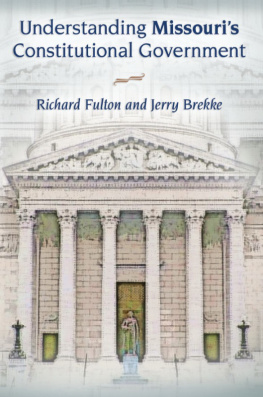
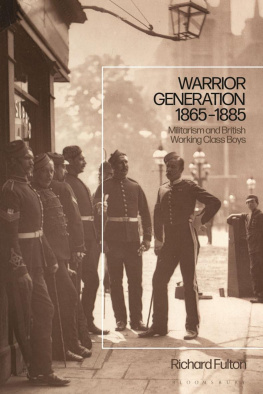


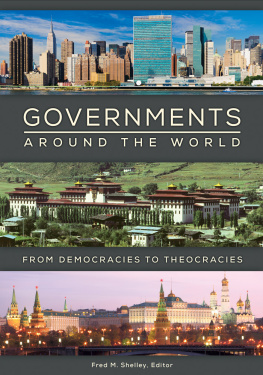
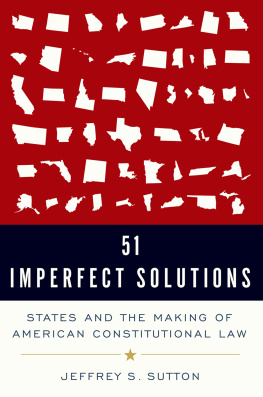
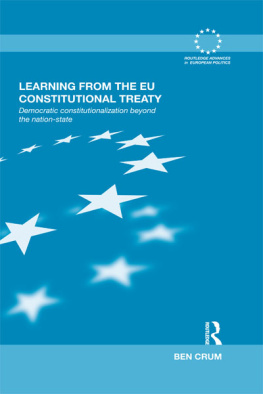




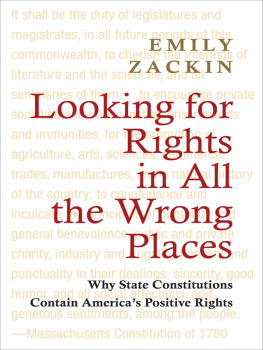

 This paper meets the requirements of the
This paper meets the requirements of the